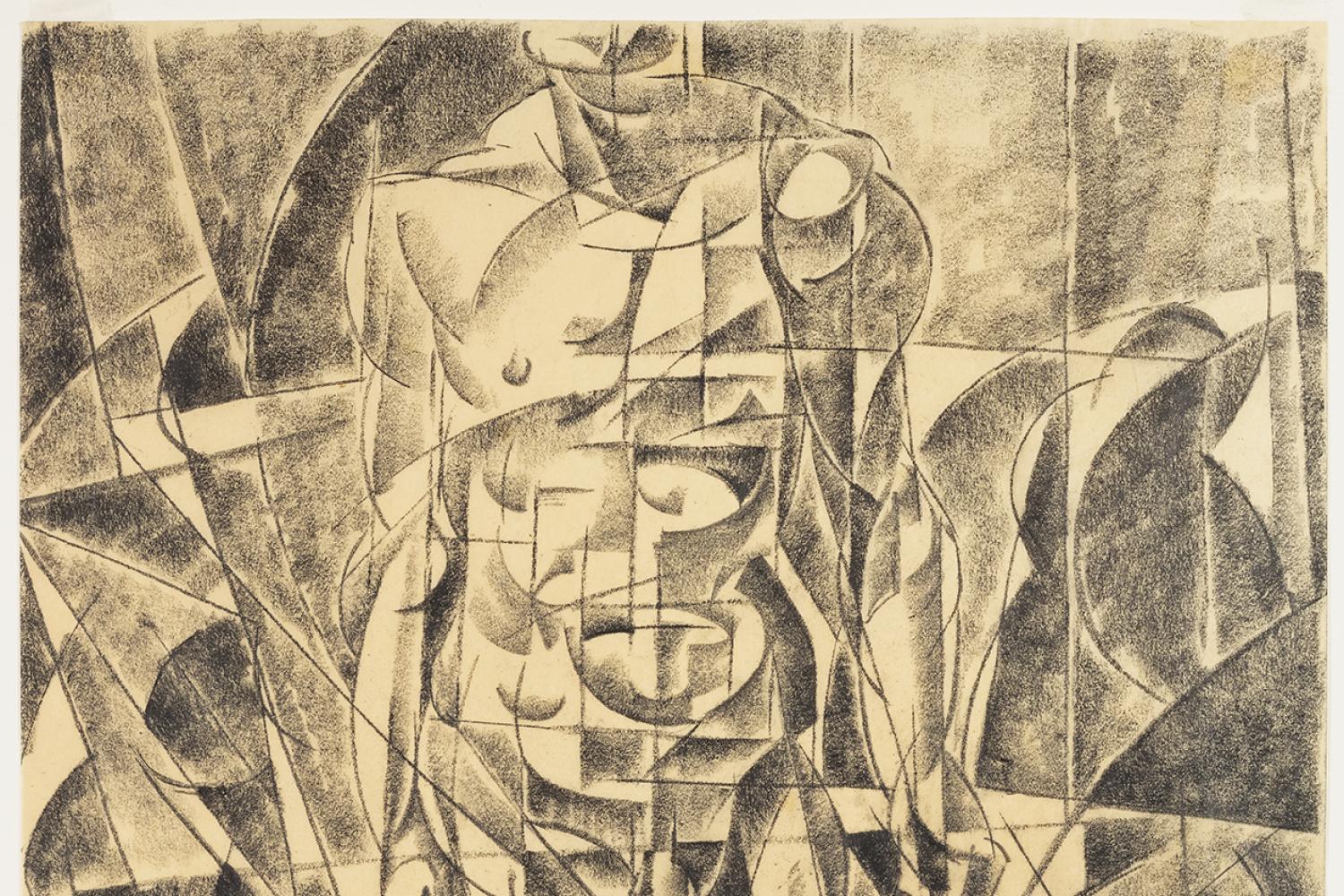The Art That Made Medicine
The Art That Made Medicine
September 13 2021—April 29 2022
How does Hydrogen Man, a woodcut made by Leonard Baskin in 1954, relate to an illustration of the circulatory system from Andreas Vesailus’ 1555 anatomical text? What can we learn by considering artistic renderings of the human body and anatomical atlases side by side?
The Art That Made Medicine traces the interconnections between artistic practice and medical knowledge in Western anatomical illustration from the late 1400s to the mid-1900s. Together, artists and anatomists have shaped the way we think about the ideal body and health, and not always for the better. This exhibition looks at the human impacts in the creation of such artworks and illustrations: Who were the men and women who acted as models? How can we recenter the individuals—named and unknown—who contributed to the production of these images and texts?
The Art That Made Medicine showcases CU collections, including medical atlases from the rare books department of Anschutz Medical Library and Norlin Library's Special Collections, and artist renderings of the body from CU Art Museum's collection.
The exhibition is curated by Thora Brylowe, associate professor of English, and Hope Saska, curator of collection and exhibitions.



